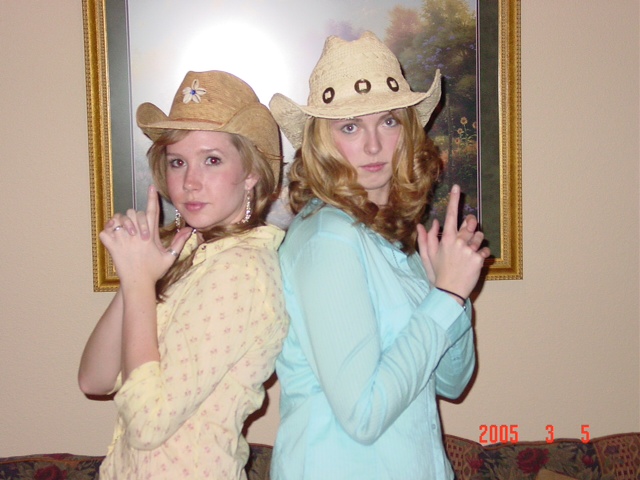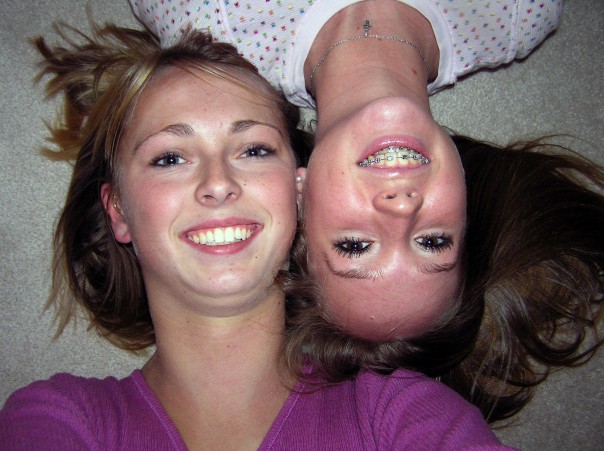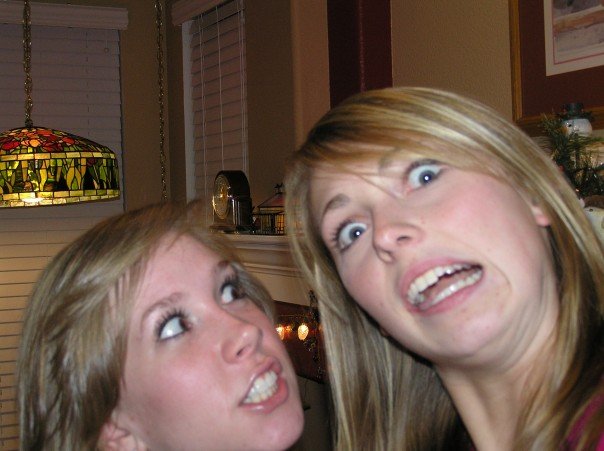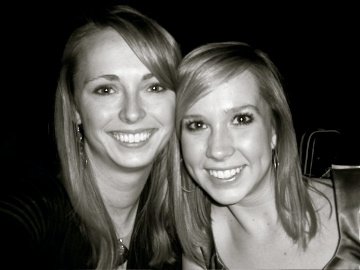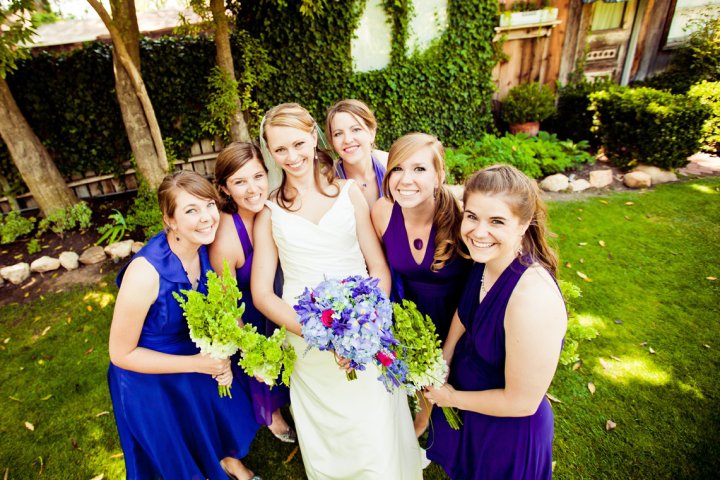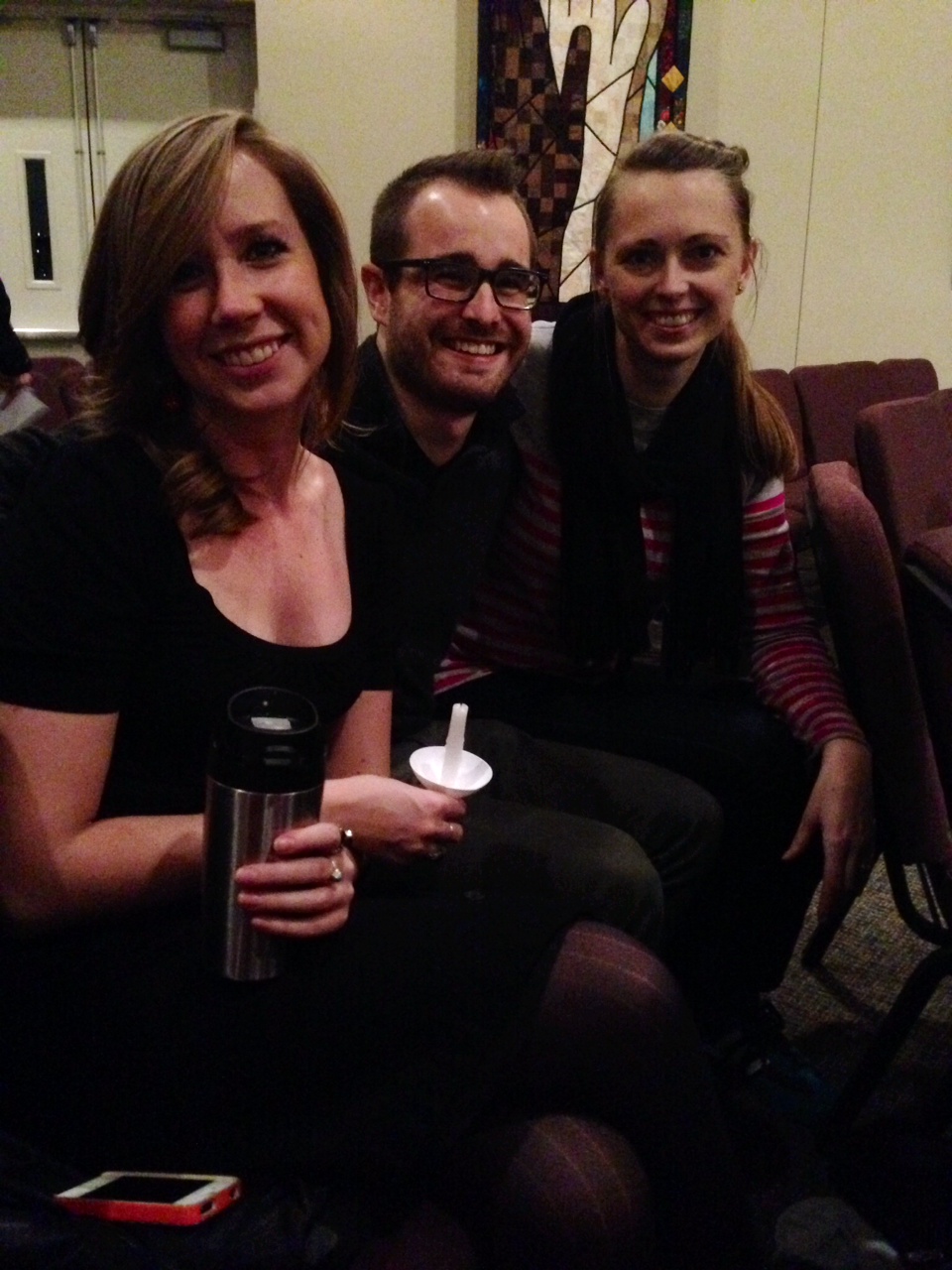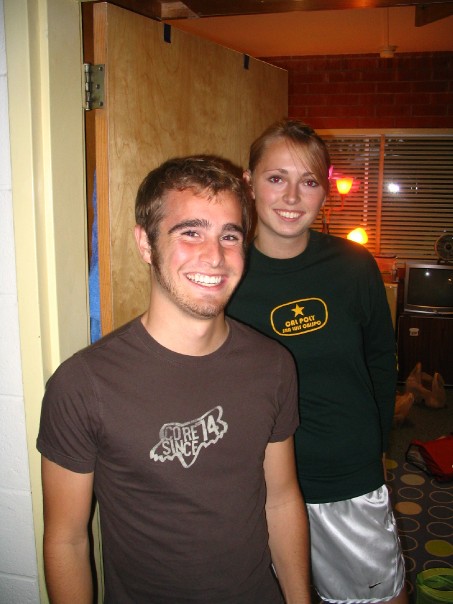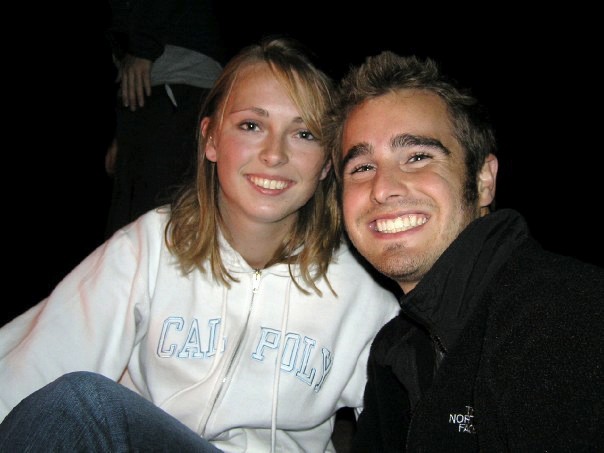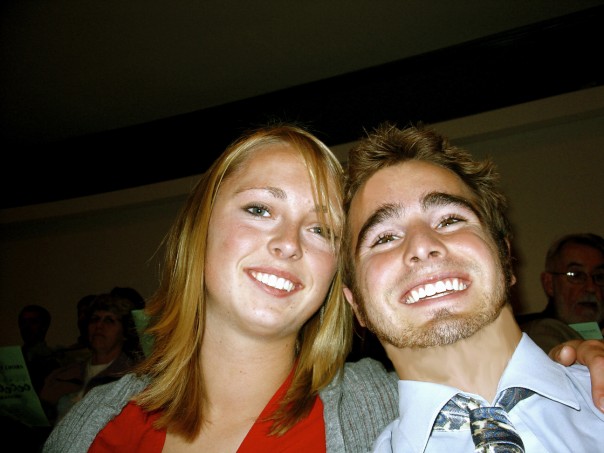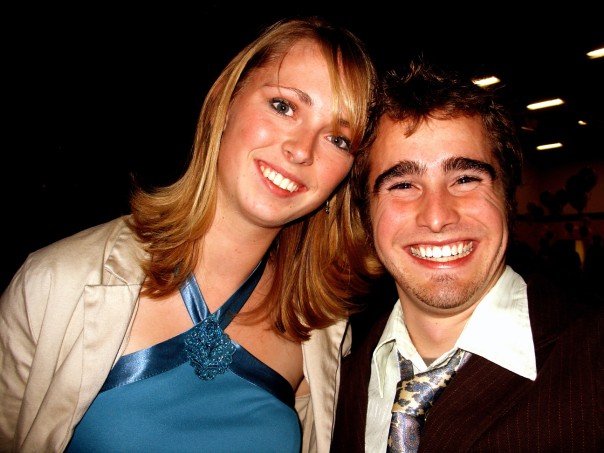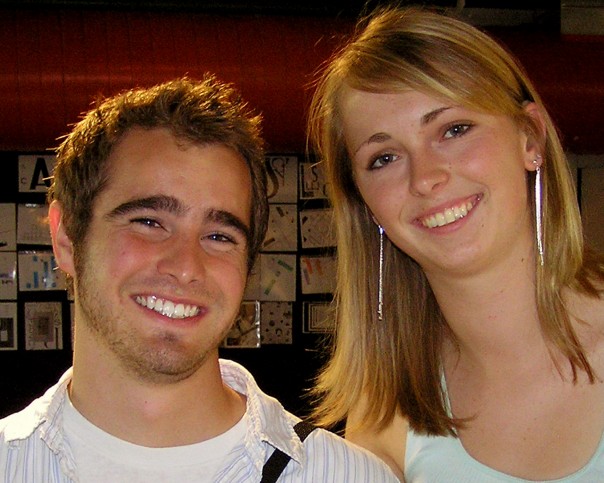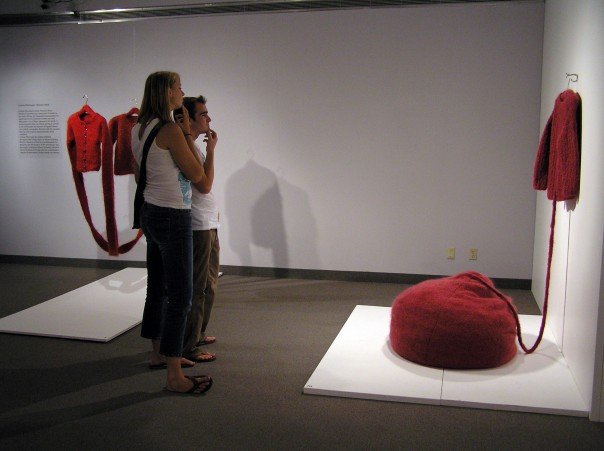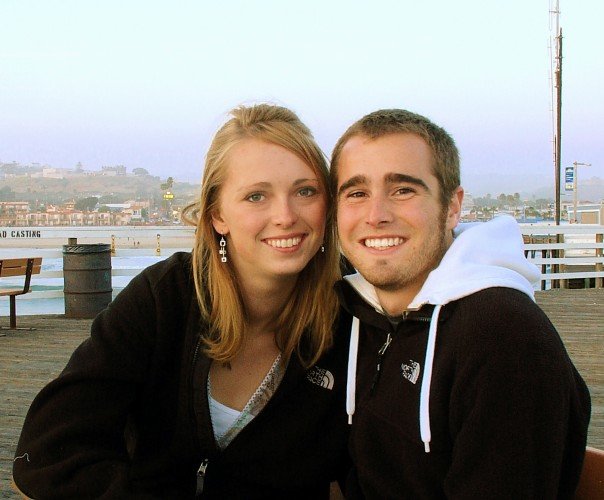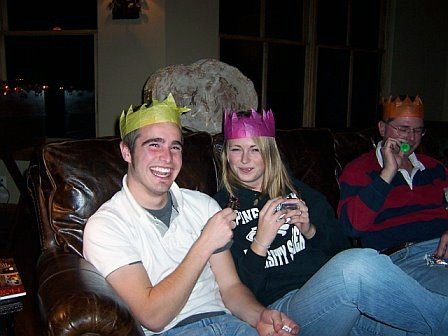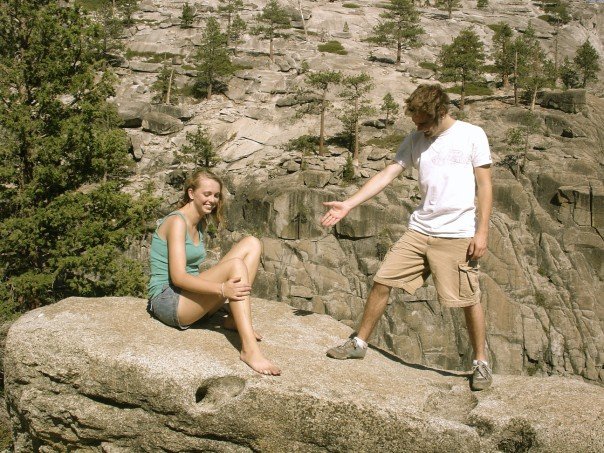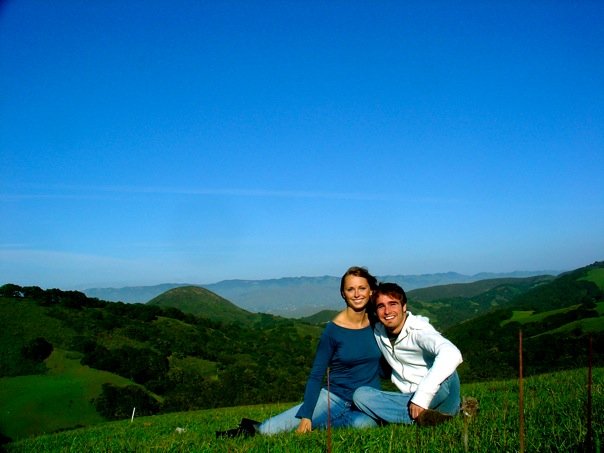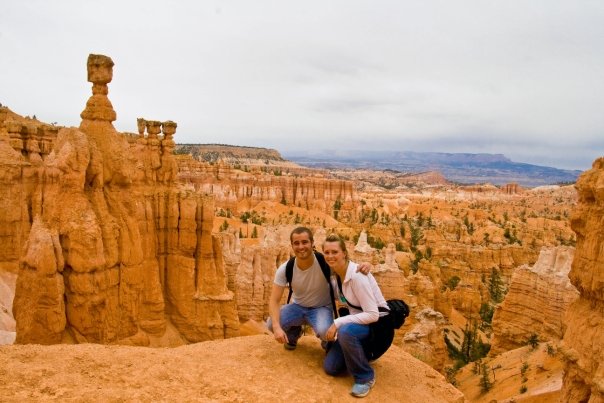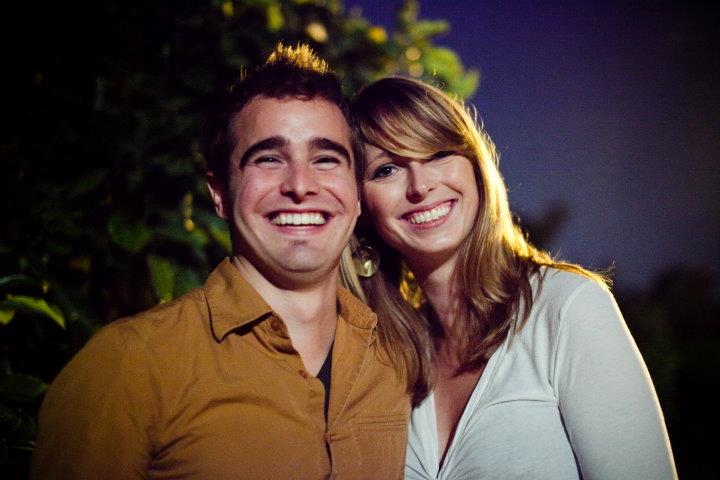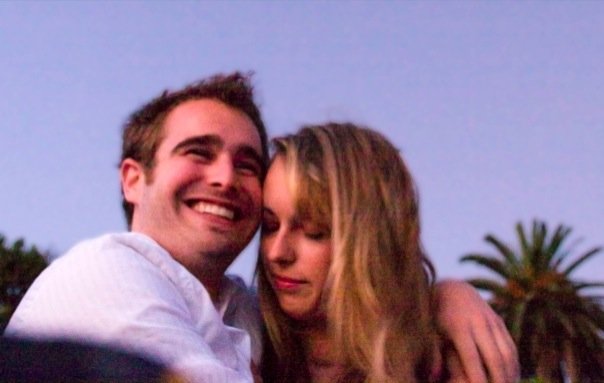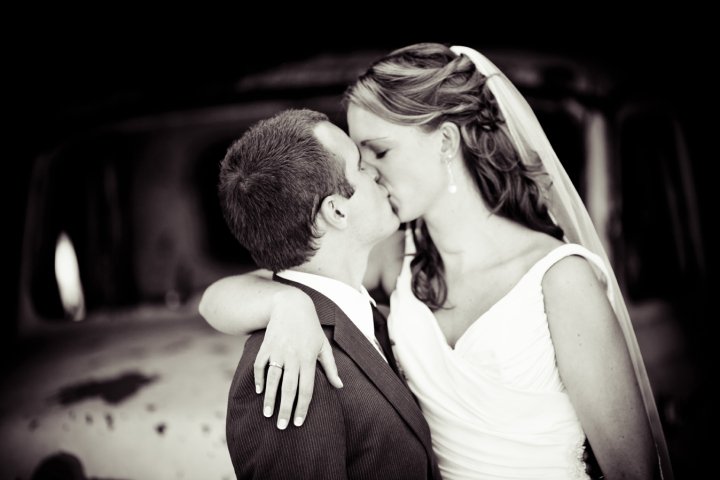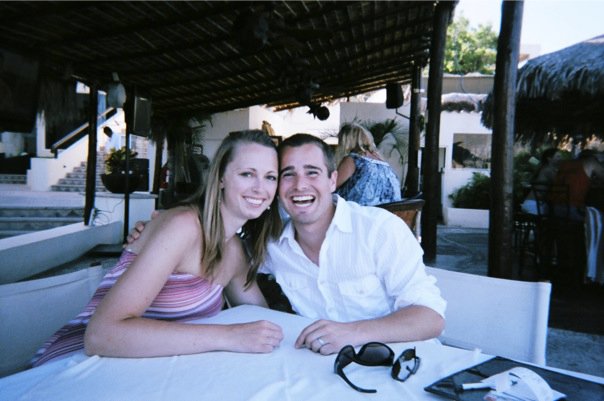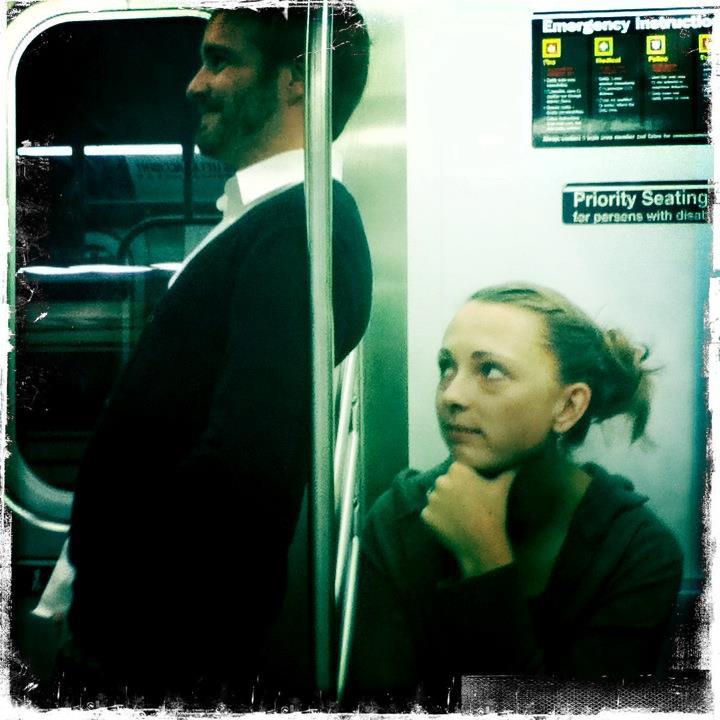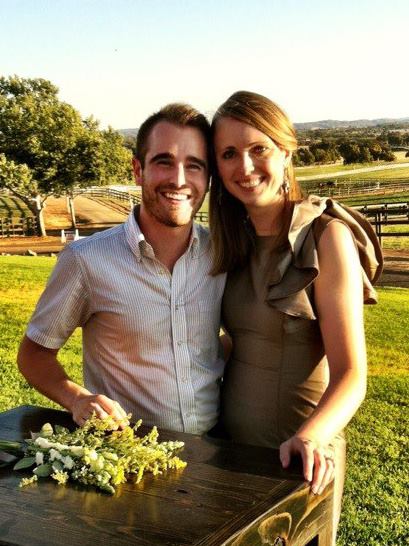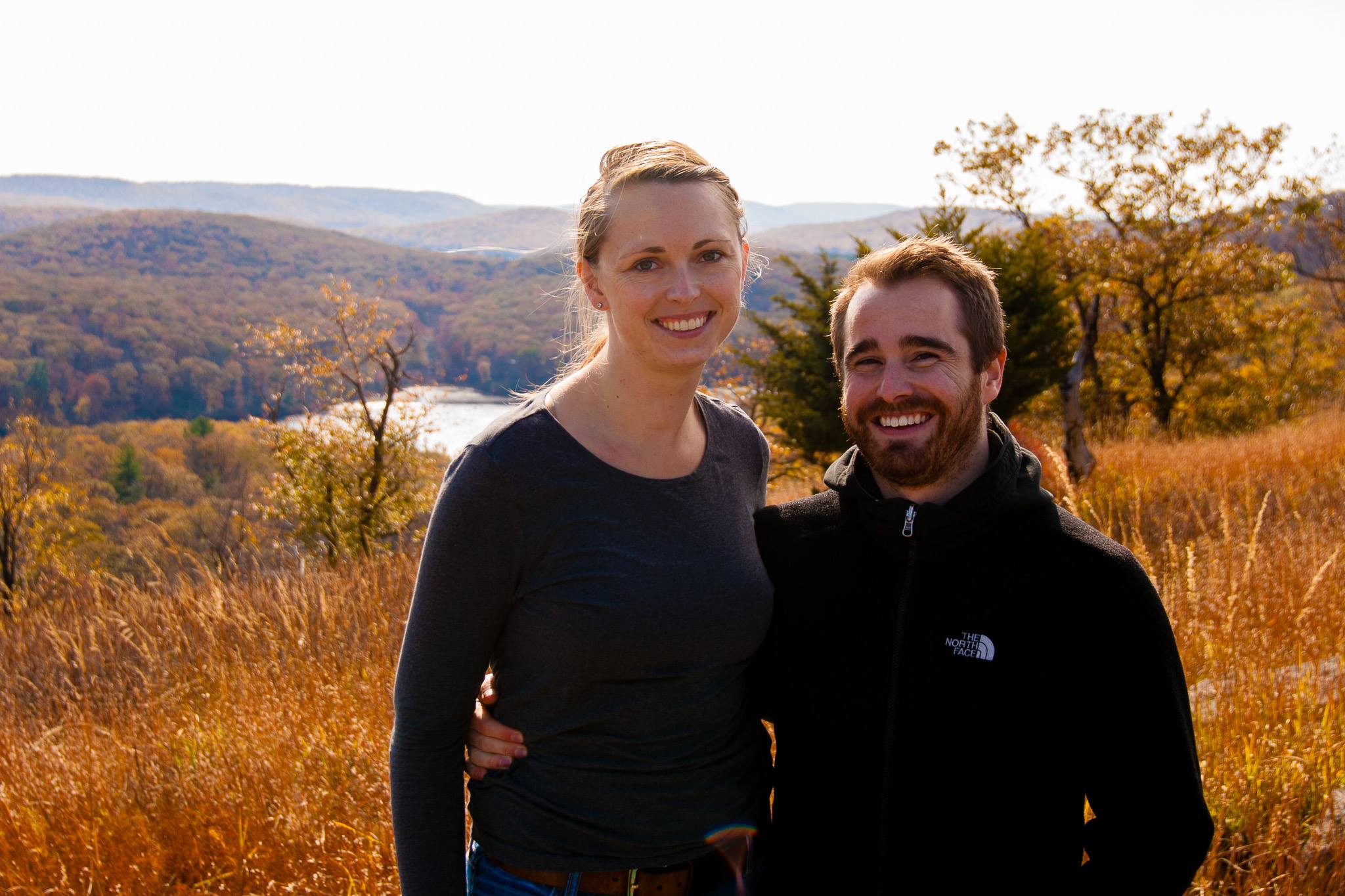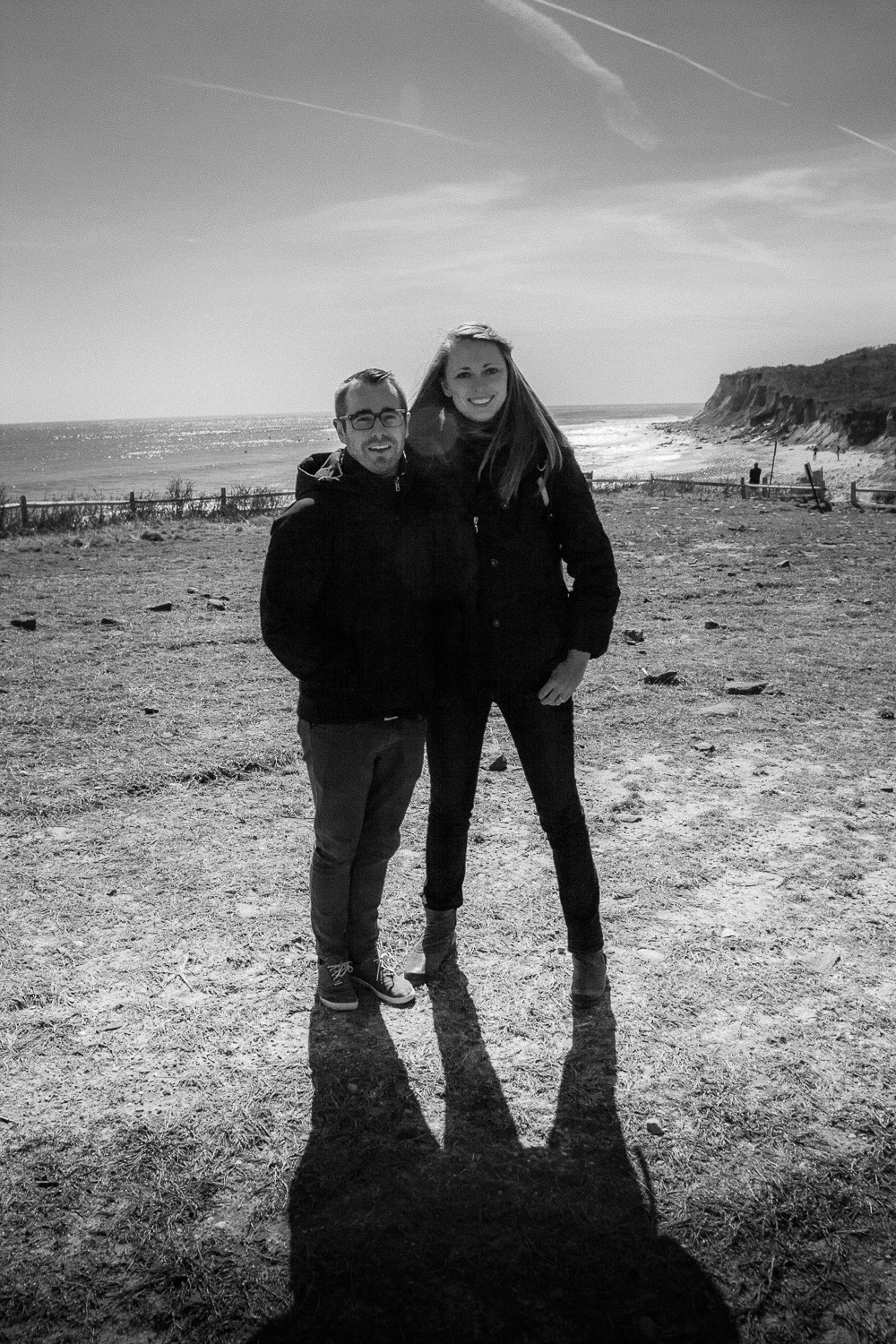Each year since we’ve been married, we’ve sent out a Christmas card. The earlier years included letters that provided reflections of the year. We compiled them into their own archive into a box last weekend and marveled at the nine years we have lived in NYC and the history and memories yielded as a result.
We signed our first (sub)lease on our one-year anniversary, culminating a goal of working towards living in a place we felt called to and desired to challenge our careers in. Nearly 10 months between graduation/marriage were spent living at John’s parents’ house as we worked jobs to save money to move out here. We applied to countless jobs in NYC that year, seldomly hearing back from a single one. As practical as we are, we felt we should have jobs before we move to the most expensive city in the country, but God challenged us to walk in faith and not a “but first” requirement. So we rented a Penske truck around the 4th of July, 2011 and began a 3-day road trip with our sparse belongings to NYC. At the end of the first day, as we neared the Nebraska border, I wondered what in the world we were doing and wanted to turn back. Yet 10 minutes down the road in the middle of nowhere was a glass chapel on a hill where we stopped to reflect and pray, once again reassured that this is where the Lord was leading us, even with all of the unknown things ahead. We arrived on July 9, 2011, to sweltering hot weather, sorely sticking out in our dominantly Hasidic Jewish section of Crown Heights, and began our journey that has remained to this day, our lives in NYC. Each step of the way, we have seen the Lord lead and provide.
Fast forward over nine years later, we are on the cusp of another cross-country move back to Colorado with our long journey in NYC coming to a close. In many ways like the first, there are practical reasons that lead us back and also faith-led ones as well. There are some things we know, like where we’re living (Broomfield, Colorado, a central location between our families), we’ll continue working as we have, and we expect to have little girl #2 join us in April of next year. There’s a lot we don’t. We don’t know what community or church will look like, especially after having such a rich community here in NYC. We don’t know the area we’re moving to well, as it’s new to both of us. We don’t know what getting established looks like in an increasing COVID Fall/Winter. We don’t know what it’s like to have family become such a big part of rhythms and presence after essentially our entire adult lives far away from Colorado. We don’t know what it’s like to go from an urban lifestyle in incredible density and diversity to one that’s more typically suburban. I personally don’t know how to get the same level of exercise without being on foot everywhere I go!
Yet, much like the first transition, moving forward in faith in all that’s unknown is not about what you do or don’t know, but rather, Who you know. And as we’ve thought and prayed about this move for years, there is much peace in walking forward to Colorado in this season here and now.
We first moved to NYC with conditions: we wouldn’t stay longer than 5 years, and we most certainly wouldn’t have a child here! And then we thought we’d move in 2018, but then John lost his job and took his current one, finishing up a three-year-build any day now—our commitment to stay through 2020. We lived for four years and moved from an apartment built in 1890 on the water that was a 6-floor walk up to a new building in downtown Brooklyn five years ago. We’ve shared our 700sf 1-bedroom apartment with Amelie for almost three years. We were part of the initial launch group for a church plant called Apostles Brooklyn that just celebrated its 7th anniversary, and we have walked, served, and loved the church in all of those years. We’ve said goodbye to many people over the years, a byproduct of NYC, while I have been fortunate to have nearly all of my friendships intact in NYC for the entire time. We’ve invited new people into our family to live life alongside us in different seasons. We’ve learned to do life with people and allow them to become family in their own sense of the word. I learned how to build my own business here alongside incredibly creative and entrepreneurial people who inspired and challenged me. John has grown his career through the provision of the Lord with specifically-timed jobs and is finishing up a project of a lifetime. We’ve had four hospital stays/visits and health challenges and scares that required us to trust the Lord. We’ve seen brokenness first-hand time and time again and continue to learn how to enter into it to help with healing. And we’ve learned how to raise a daughter in an urban environment and the importance of showing her the beauty, perspectives, and challenges of a diverse world while the Lord reigns over it all.
And all of our adventures…! What a place to live, not just the city, but this state, this region. It has forever captured my heart and is not the last we will see of it.
So where are we at now? We’re at eager hope and expectation for what we are walking into and get to receive in our move to Colorado. Yet, we are equally grieving all that we are leaving behind. In a sense, we don’t really know ourselves without being ingrained in this place. It has shaped us in more ways than we truly have to understand. We leave behind people we hold so dearly and have loved us fiercely and faithfully—truly lifetime friends that we now have to learn to do friendship from a distance. We leave behind not just peers in all of life that we have done together as 20 and 30-something-year-olds, but people we deeply love, respect, and admire.
Too often, we’ve seen people leave NYC with a “good riddance!” attitude, either because they were burned by the city in some way or because they seemingly feel the need to justify why they would leave this place. We’ve heard all the reasons there are, and while we don’t disagree with some of them, to make them bitter conclusions of leaving a place you have invested your life in, for however long or short, makes me sad.
With this, we believe there’s a deeper challenge—to hold what is true, whether good or bad—and truly embrace each season for what it has been. They are part of our journey and our lives can’t be edited away to create the narrative we want it to be. Trust the Lord in all things; yield to Him for what it may be. Walk forward in faith confidently, regardless of place or being.
We remember all that He has allotted for us, the boundaries of our dwelling place, that we may seek Him and find Him. He is not far from each one of us, for in Him we live and move and have our being. In this moment, we say goodbye to the allotted boundaries He’s had for us to live in Brooklyn these last 9 years and remember all that He has done while trusting NYC will always be a part of our lives and story in some way.
The God who made the world and everything in it, being Lord of heaven and earth, does not live in temples made by man, nor is he served by human hands, as though he needed anything, since he himself gives to all mankind life and breath and everything. And he made from one man every nation of mankind to live on all the face of the earth, having determined allotted periods and the boundaries of their dwelling place, that they should seek God, and perhaps feel their way toward him and find him. Yet he is actually not far from each one of us, for “in Him we live and move and have our being,’ as even some of your poets have said, “For we are indeed his offspring.” —Acts 17:24-28











